Xhosa Dresses: Preserving Cultural Identity through Fashion
Xhosa Dresses: Preserving Cultural Identity through Fashion
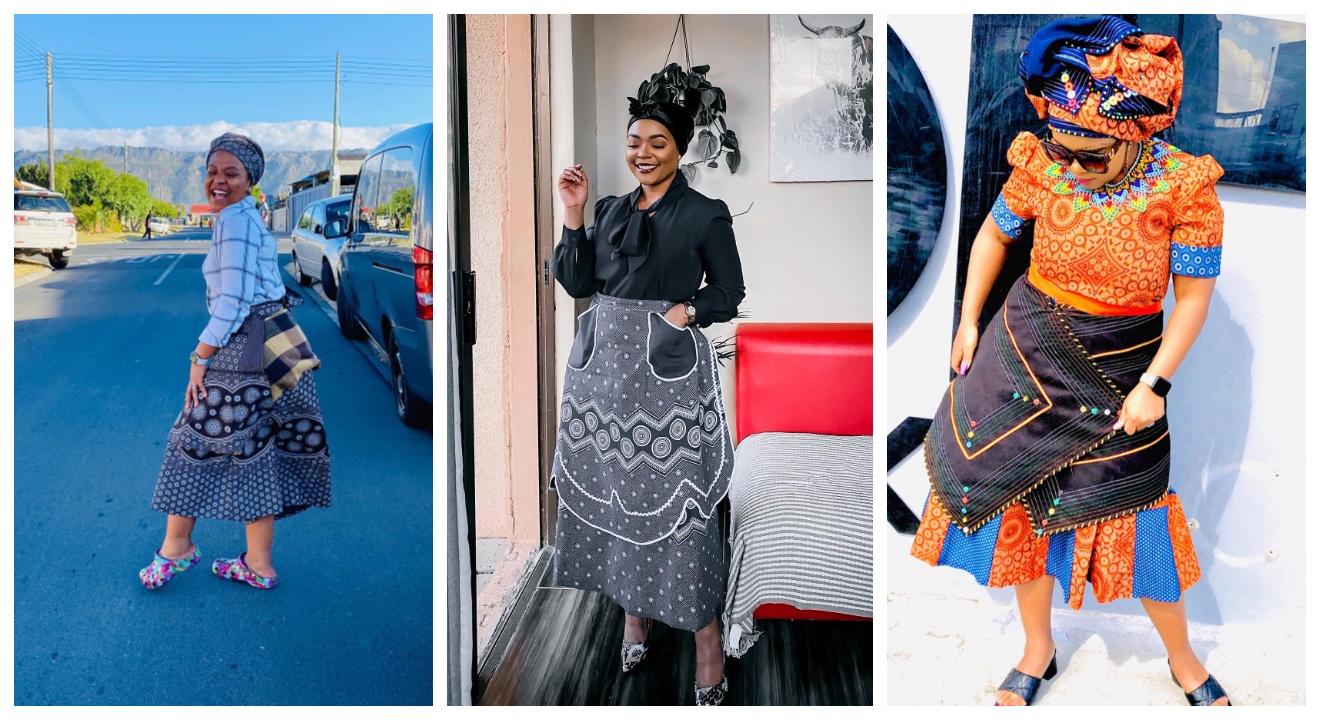
Introduction
Xhosa Dresses: Preserving Cultural Identity through Fashion
Xhosa dresses hold a special place in the hearts of the Xhosa people, as they play a vital role in preserving their cultural identity. These vibrant and intricately designed garments are more than just pieces of clothing; they are symbols of tradition, heritage, and pride.
Understanding the significance of Xhosa dresses in preserving cultural identity
Xhosa dresses are not just fashion statements; they are a way for the Xhosa people to express their cultural heritage and maintain a strong sense of identity. Here are a few key points to consider:
- Traditional symbolism: Xhosa dresses often feature bold patterns, colors, and designs that hold deep cultural significance. Each pattern tells a story or represents a specific aspect of Xhosa culture, such as marriage, initiation ceremonies, or ancestral beliefs.
- Passing down traditions: Xhosa dresses are often handmade by skilled artisans within the community. This practice ensures that traditional craftsmanship techniques are preserved and passed down from one generation to the next, keeping the cultural heritage alive.
- Community cohesion: Wearing Xhosa dresses at special occasions, such as weddings or festivals, fosters a sense of unity and belonging within the Xhosa community. It serves as a visual representation of shared values and traditions, strengthening social bonds.
- Promoting cultural awareness: Xhosa dresses have gained recognition beyond their community, attracting attention from fashion enthusiasts worldwide. This exposure helps to raise awareness about Xhosa culture and promotes appreciation for its rich traditions.
In conclusion, Xhosa dresses play a crucial role in preserving the cultural identity of the Xhosa people. Through their vibrant designs and traditional symbolism, these dresses serve as a powerful reminder of the importance of heritage and tradition in today’s diverse world.
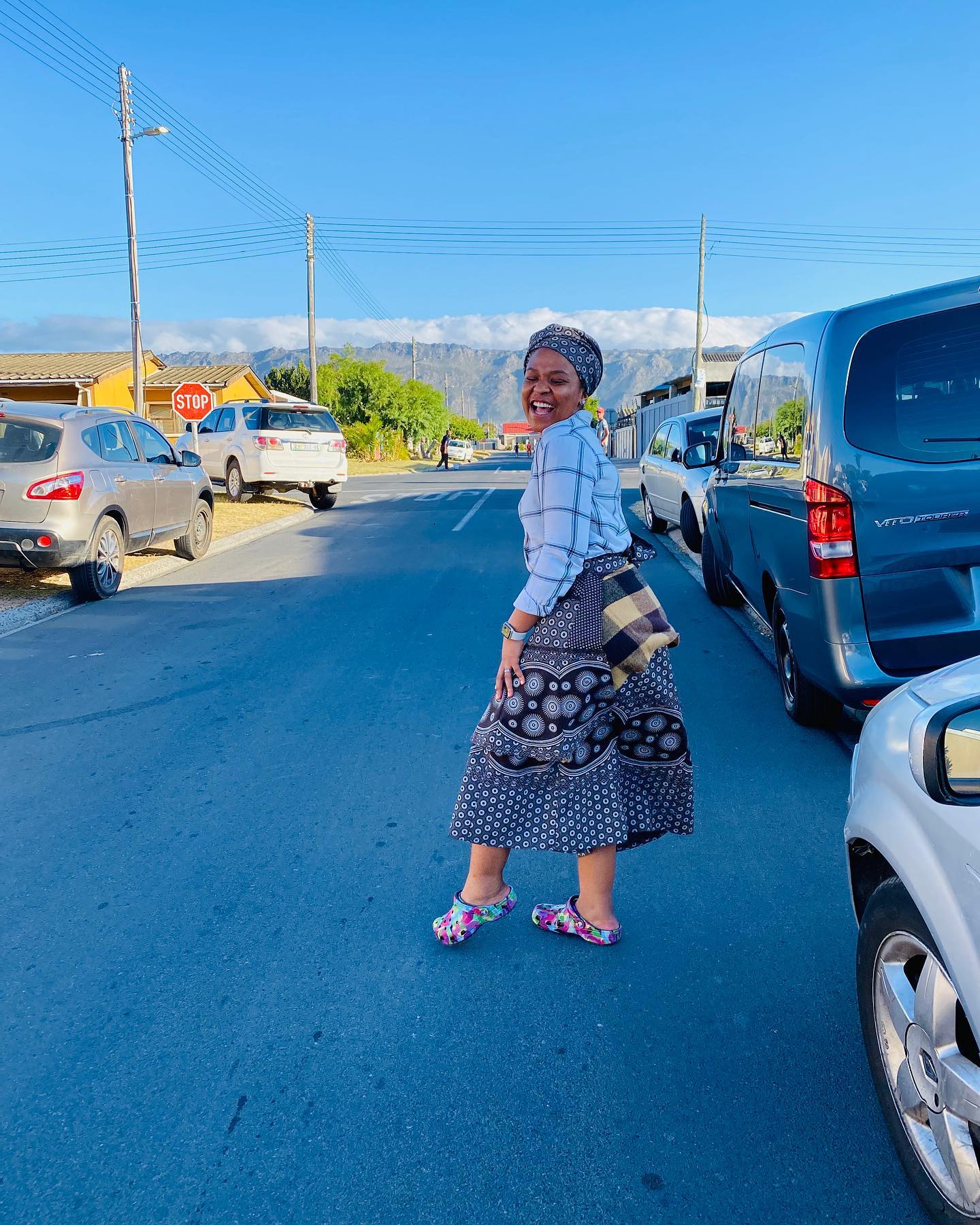
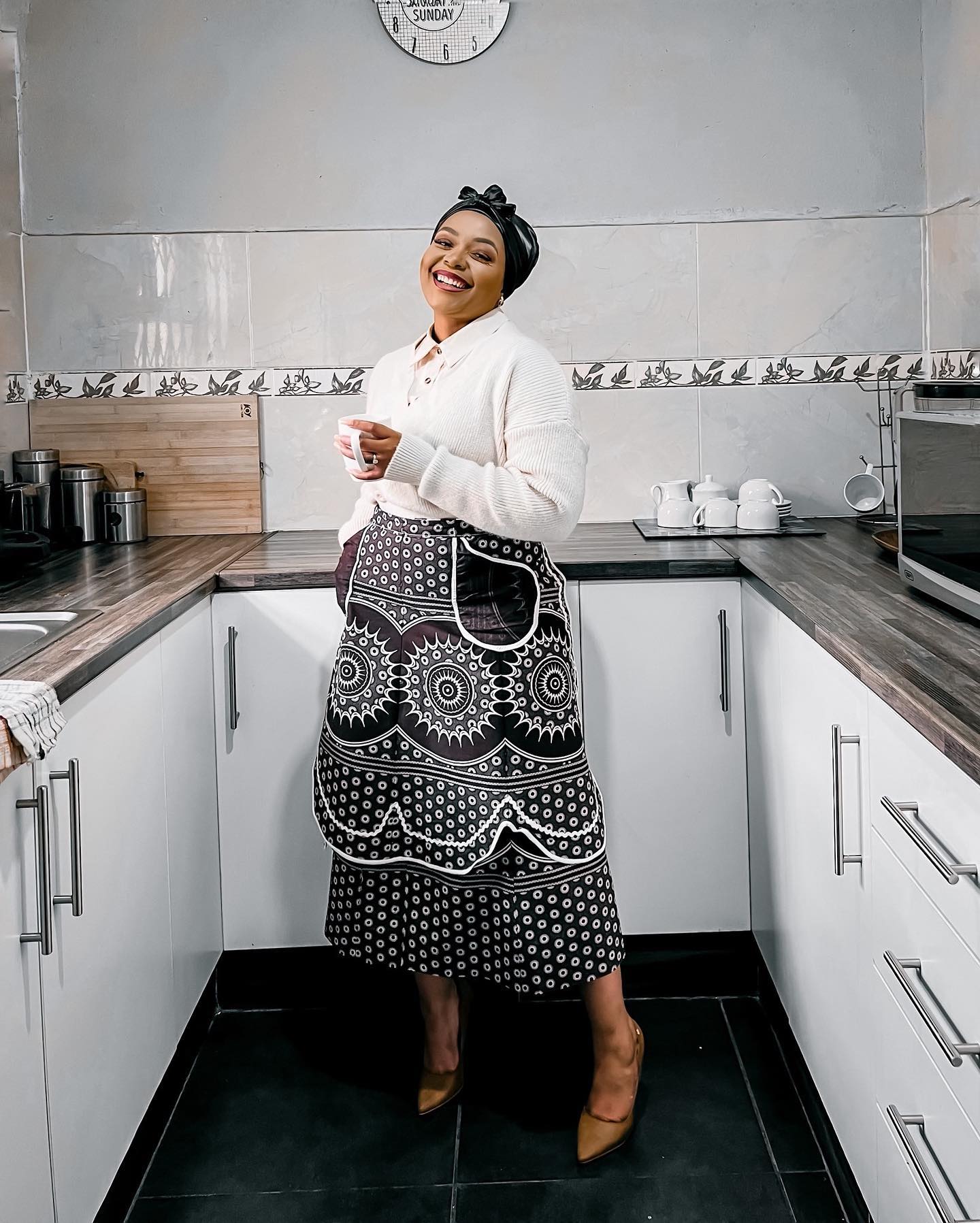
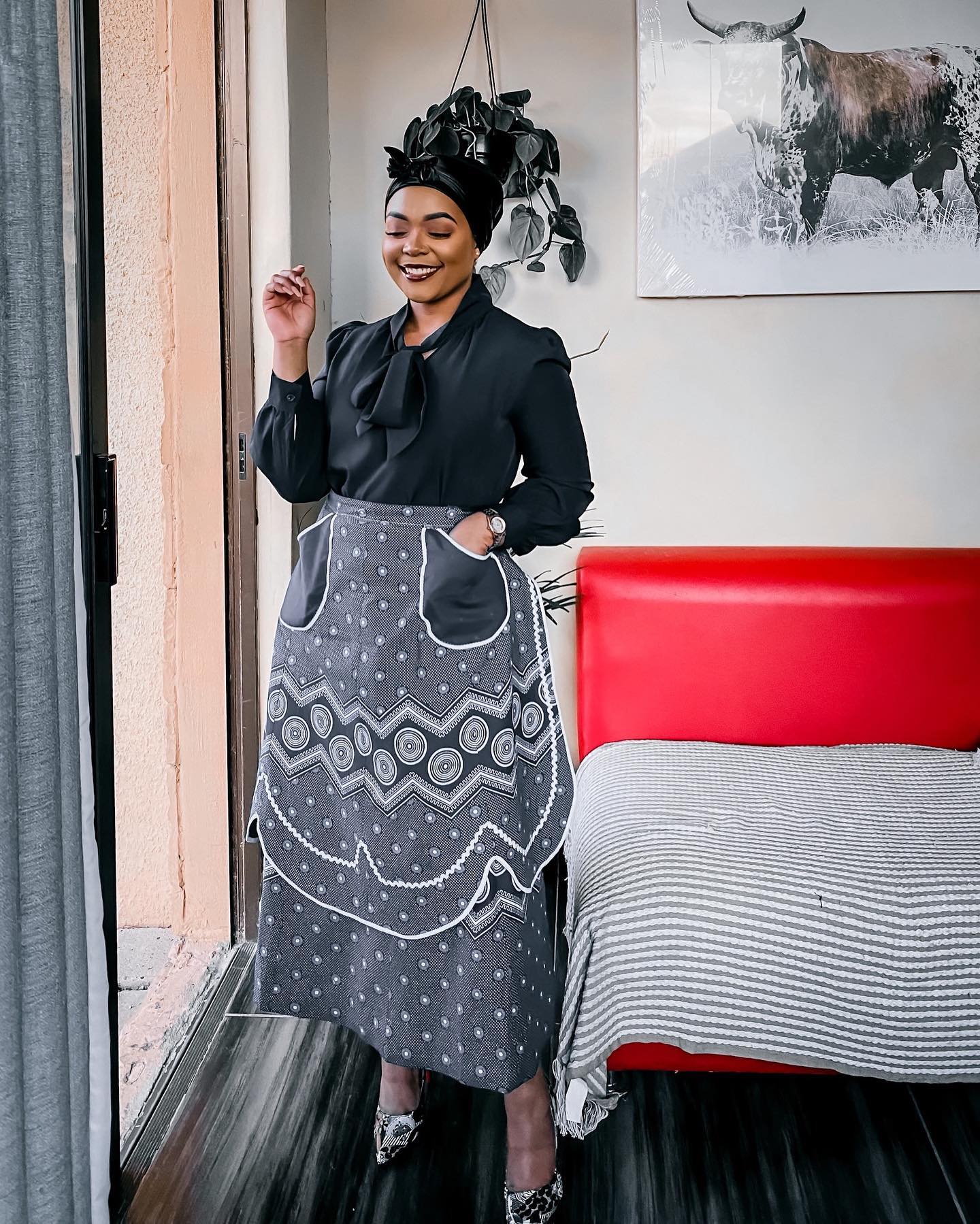
History of Xhosa Dresses
Exploring the origins and evolution of Xhosa dress traditions
The Xhosa people have a rich cultural heritage, and their traditional dresses play a significant role in preserving their identity. The history of Xhosa dresses dates back centuries, with each generation adding their unique touch to the garments.
Xhosa dresses are known for their vibrant colors, intricate beadwork, and bold patterns. They are often made from materials such as cotton or wool and are adorned with accessories like necklaces, bracelets, and headpieces.
These dresses not only serve as a form of self-expression but also reflect the cultural values and beliefs of the Xhosa people. They are worn during important ceremonies, such as weddings, initiations, and other traditional events.
Over time, Xhosa dress traditions have evolved to incorporate modern elements while still maintaining their cultural significance. Today, you can find Xhosa-inspired dresses that blend traditional designs with contemporary fashion trends.
By wearing Xhosa dresses, individuals not only celebrate their heritage but also contribute to the preservation of their cultural identity. These garments serve as a visual representation of the Xhosa culture and its rich history.
In conclusion, Xhosa dresses are more than just clothing; they are a symbol of tradition, pride, and cultural identity. Through the years, they have continued to evolve while remaining an integral part of the Xhosa people’s heritage.
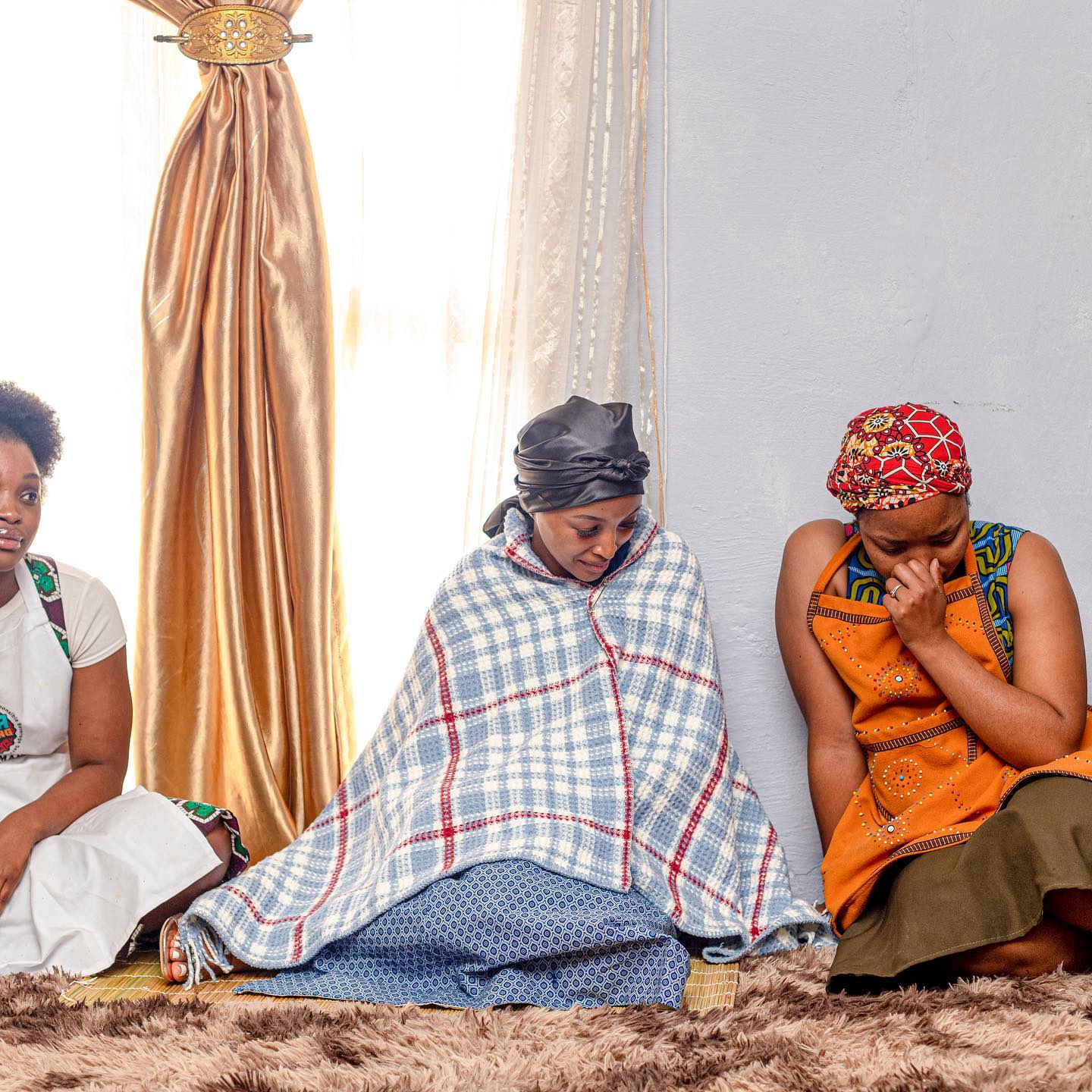
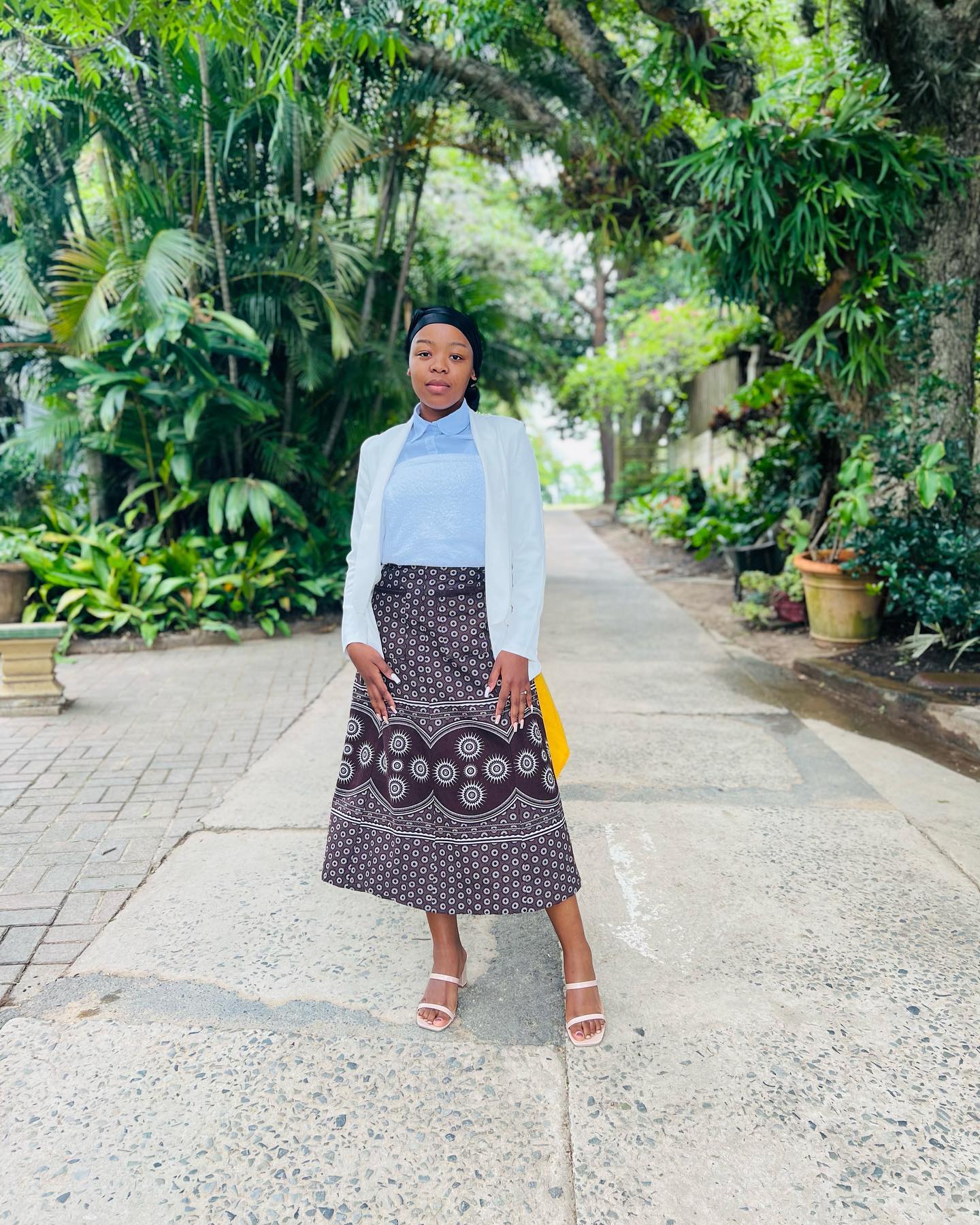
Traditional Xhosa Dress Styles
Highlighting the unique features and designs of traditional Xhosa dresses
The Xhosa people have a rich cultural heritage, and their traditional dress plays a significant role in preserving their identity. Xhosa dresses are known for their vibrant colors, intricate beadwork, and bold patterns. These dresses are often made from colorful fabrics such as shweshwe or isishweshwe, which are unique to the Xhosa culture.
One of the most distinctive features of Xhosa dresses is the use of geometric patterns. These patterns are carefully crafted using beads or embroidery and hold symbolic meanings within the Xhosa community. Each pattern tells a story or represents a specific aspect of Xhosa culture.
Xhosa dresses also feature various necklines and sleeve styles, adding to their uniqueness. Some dresses have high collars, while others have off-the-shoulder designs. The sleeves can be long, short, or even bell-shaped, depending on personal preference and occasion.
These traditional dresses are not only worn for special events or ceremonies but also in everyday life. They serve as a way for Xhosa people to express their cultural pride and heritage. In recent years, there has been a resurgence in the popularity of Xhosa dresses, with designers incorporating modern elements while still staying true to the traditional style.
By preserving and promoting the traditional Xhosa dress styles, the Xhosa people are ensuring that their cultural identity is celebrated and passed down through generations. These dresses serve as a visual representation of their history, values, and sense of community.
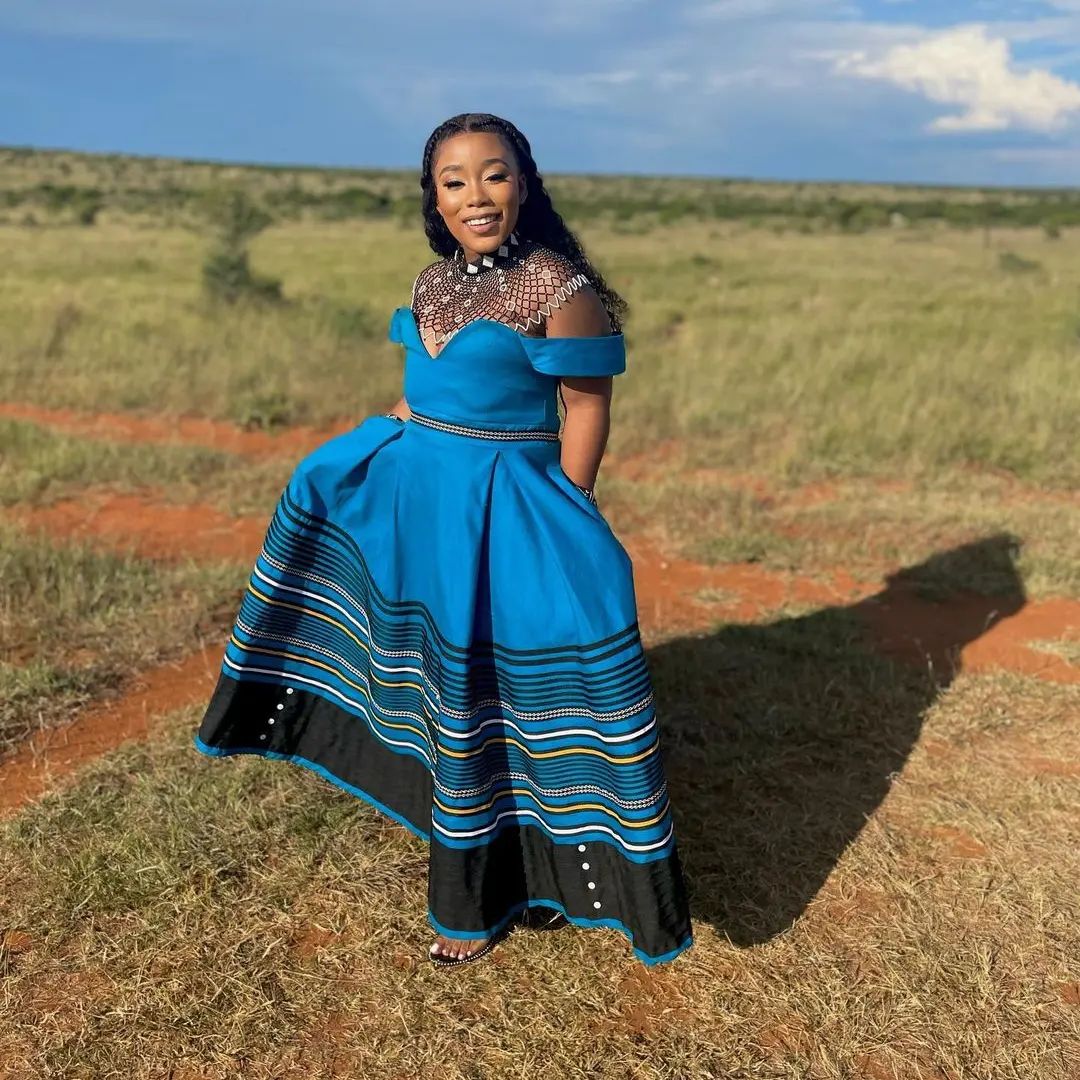

Modern Adaptations of Xhosa Dresses
Examining how Xhosa dresses have evolved in contemporary fashion
Xhosa dresses, a traditional attire worn by the Xhosa people of South Africa, have undergone modern adaptations that preserve their cultural identity while embracing contemporary fashion trends.
These dresses are known for their vibrant colors, intricate beadwork, and unique designs. In recent years, designers have incorporated these elements into modern silhouettes, creating a fusion of traditional and modern styles.
One notable adaptation is the use of bold prints and patterns. While traditional Xhosa dresses feature geometric designs, modern interpretations often incorporate floral or abstract prints, adding a fresh and fashionable twist.
Another adaptation is the incorporation of different fabrics. While traditional Xhosa dresses are made from woven or embroidered fabrics, contemporary versions may feature materials such as chiffon or satin, giving them a more luxurious and elegant feel.
Additionally, designers have experimented with different cuts and styles to cater to diverse preferences. Some modern Xhosa dresses may have off-the-shoulder necklines, high slits, or asymmetrical hemlines, adding a contemporary flair to the traditional garment.
These modern adaptations of Xhosa dresses not only showcase the creativity and innovation of designers but also serve as a way to keep the cultural heritage alive. By blending tradition with modernity, these dresses continue to be a symbol of pride and identity for the Xhosa people.
In conclusion, the evolution of Xhosa dresses in contemporary fashion demonstrates how cultural traditions can be preserved while embracing new trends. These modern adaptations allow individuals to express their cultural identity through fashion in a way that is both meaningful and stylish.

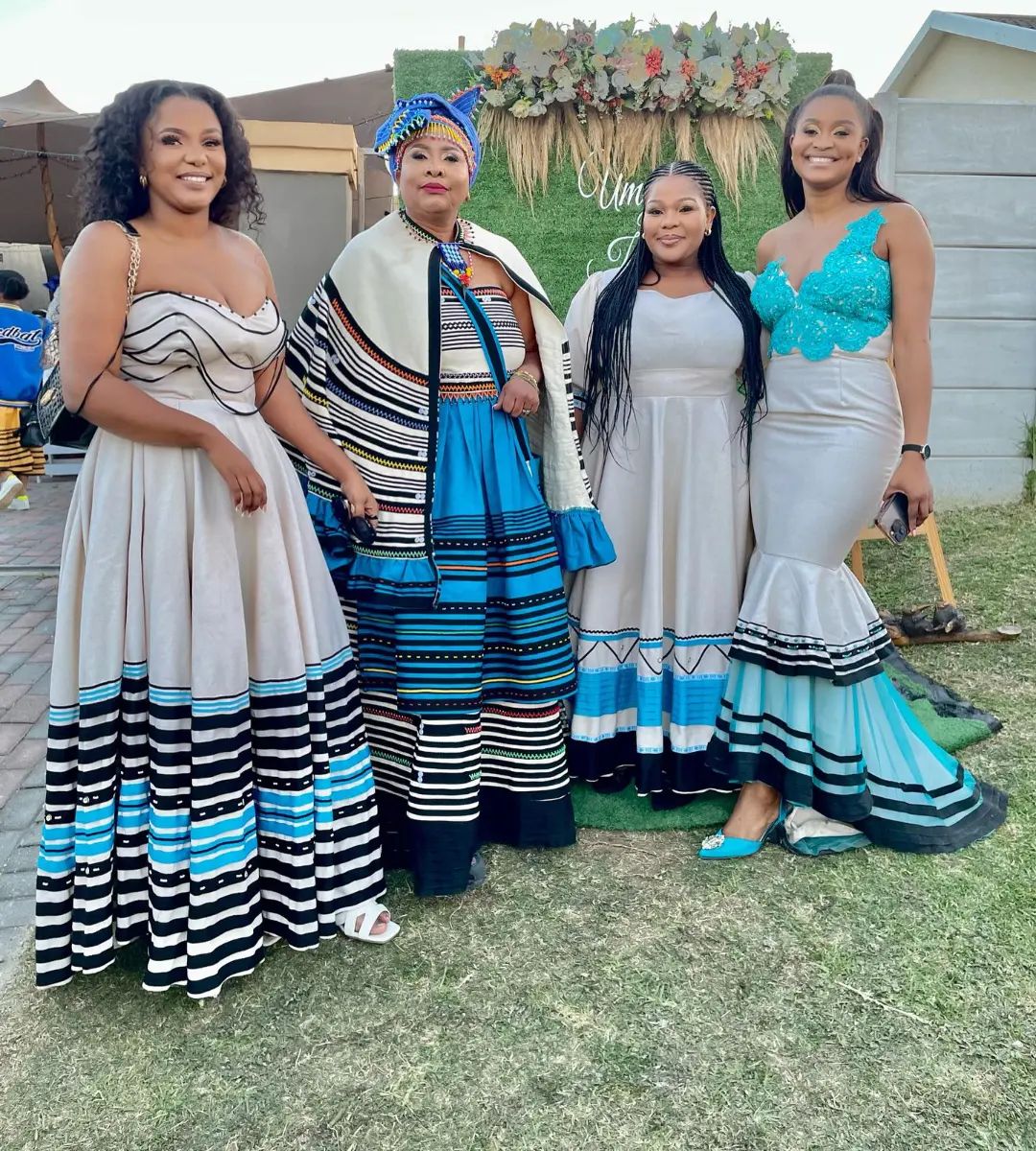
Xhosa Dress Fabrics and Patterns
When it comes to preserving cultural identity through fashion, Xhosa dresses play a significant role. These vibrant garments not only showcase the rich heritage of the Xhosa people but also celebrate their unique traditions and customs.
Exploring the materials and patterns commonly used in Xhosa dressmaking
Xhosa dresses are known for their bold colors, intricate patterns, and exquisite craftsmanship. Traditional fabrics such as shweshwe, a printed cotton fabric, and isiShweshwe, a traditional Xhosa fabric, are commonly used. These fabrics are adorned with geometric patterns, symbols, and motifs that hold deep cultural significance.
The patterns on Xhosa dresses often tell stories or convey messages about the wearer’s status, age, or marital status. Each pattern has its own meaning and is carefully chosen to reflect the individual’s identity and cultural heritage.
In recent years, Xhosa dressmaking has evolved to incorporate modern influences while still staying true to its roots. Designers are experimenting with different fabrics, colors, and patterns to create contemporary Xhosa dresses that appeal to a wider audience while preserving the essence of Xhosa culture.
By wearing Xhosa dresses, individuals not only express their personal style but also contribute to the preservation of their cultural identity. These garments serve as a visual representation of the rich history and traditions of the Xhosa people, ensuring that their heritage continues to thrive in the modern world.
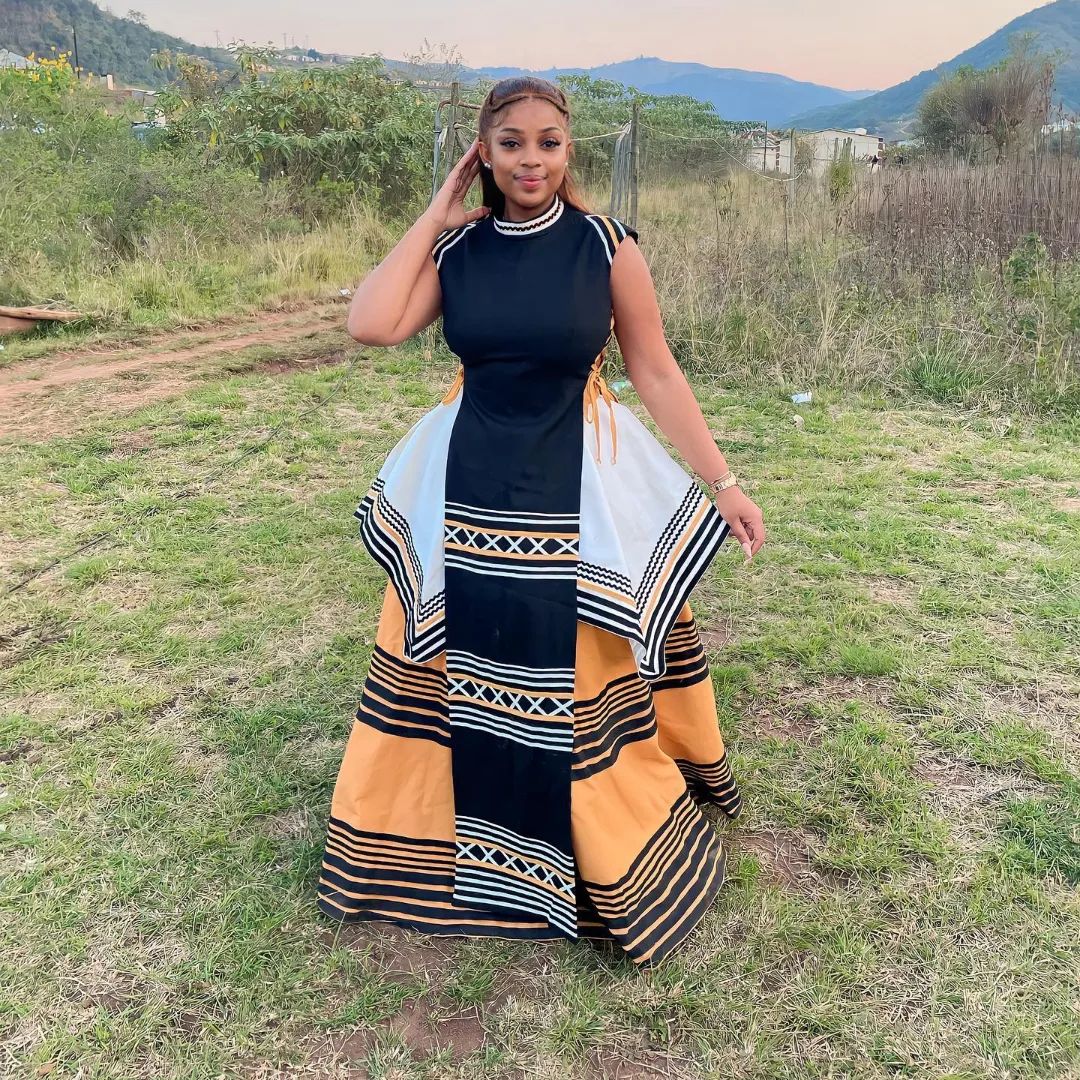
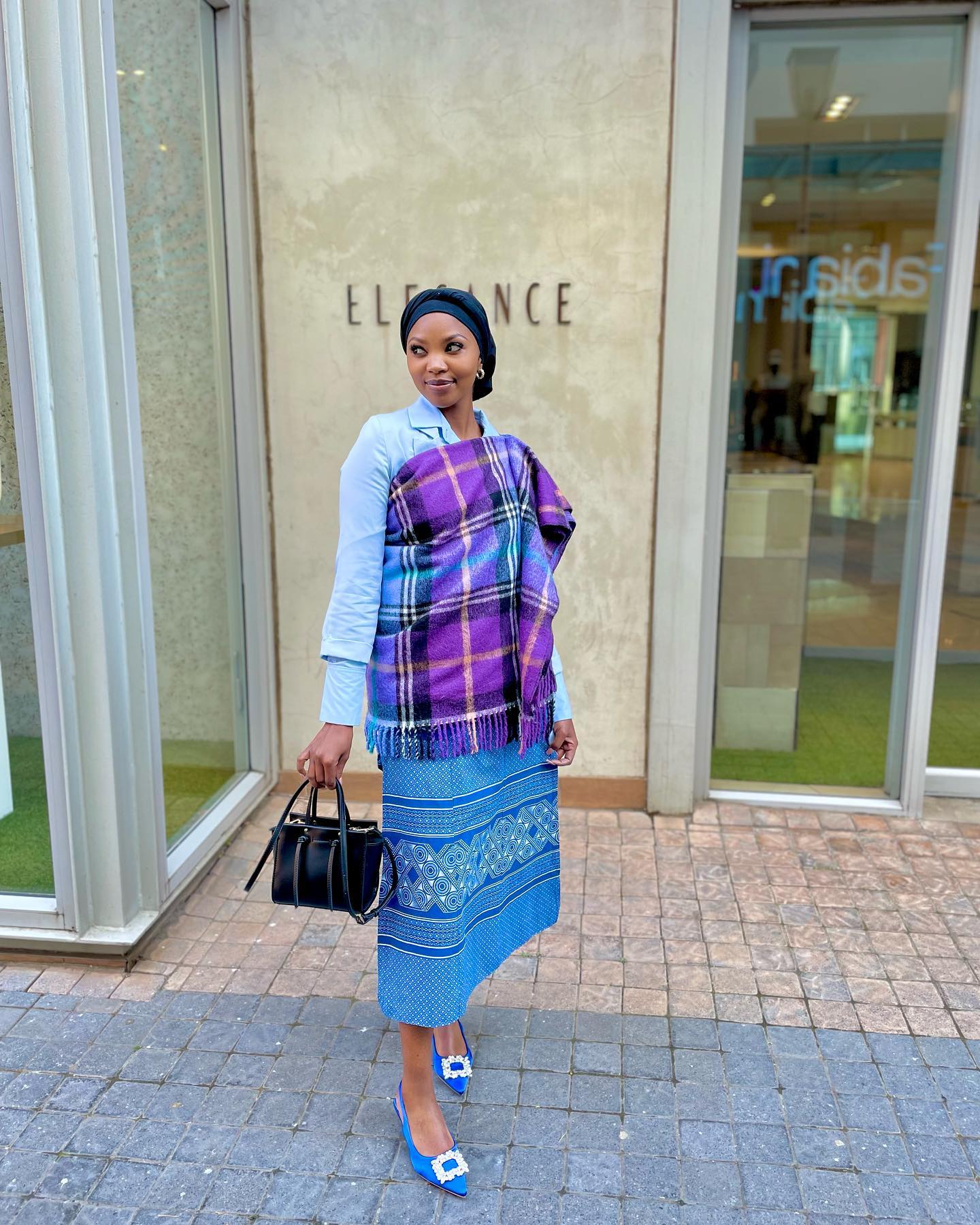
The Role of Xhosa Dresses in Celebrations and Ceremonies
Understanding how Xhosa dresses are worn during special occasions
Xhosa dresses play a significant role in preserving the cultural identity of the Xhosa people in South Africa. These vibrant and colorful garments are worn during various celebrations and ceremonies, such as weddings, initiations, and traditional festivals.
During special occasions, Xhosa women proudly wear their traditional dresses, which are known for their bold patterns, bright colors, and intricate beadwork. The dresses are often made from traditional fabrics like shweshwe or isishweshwe, which hold great cultural significance.
The way Xhosa dresses are worn also holds meaning. For example, married women wear a headdress called “isicholo,” which symbolizes their marital status. The dress itself is usually a long, flowing gown with a distinctive silhouette that accentuates the woman’s figure.
These dresses not only showcase the beauty and craftsmanship of Xhosa culture but also serve as a way to pass down traditions from one generation to the next. By wearing these dresses during important events, the Xhosa people continue to honor their heritage and keep their cultural identity alive.
In addition to preserving cultural traditions, Xhosa dresses have also gained recognition in the fashion world. Many designers have incorporated elements of Xhosa fashion into their collections, showcasing the beauty and uniqueness of these garments to a wider audience.
Overall, Xhosa dresses play a vital role in celebrating and preserving the rich cultural heritage of the Xhosa people. They serve as a visual representation of their identity and traditions, ensuring that their customs continue to be cherished and appreciated for generations to come.
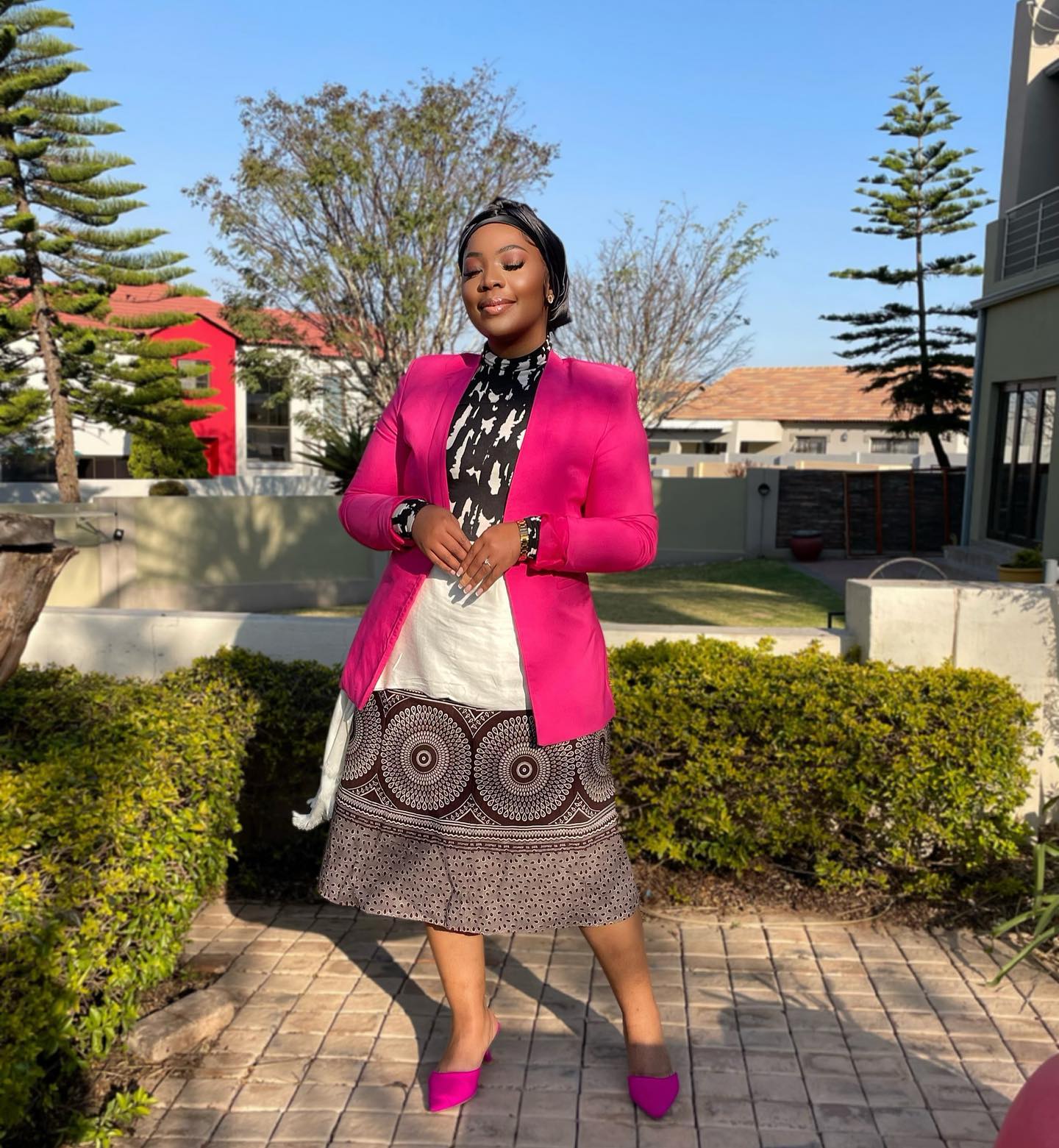
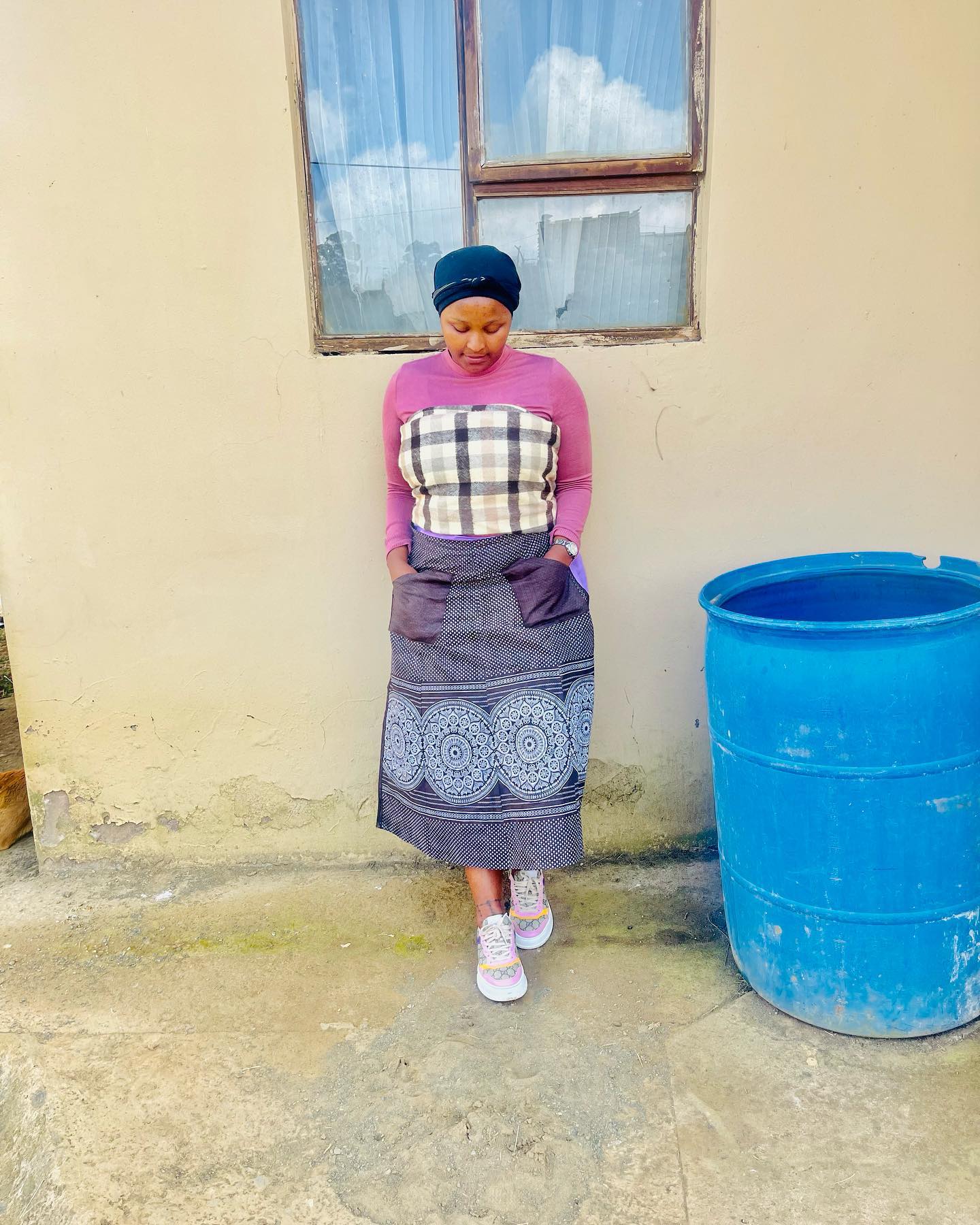
Xhosa Dress Influences on Global Fashion
Examining the impact of Xhosa dresses on the fashion industry worldwide
The vibrant and intricate Xhosa dresses have made a significant impact on the global fashion scene. These traditional dresses, worn by the Xhosa people of South Africa, have gained recognition and admiration from fashion enthusiasts around the world.
The unique designs, bold colors, and intricate beadwork of Xhosa dresses have inspired many fashion designers to incorporate elements of this traditional attire into their collections. From runway shows to red carpet events, Xhosa-inspired dresses have become a symbol of cultural diversity and a celebration of African heritage.
By embracing Xhosa dress influences, the fashion industry has not only preserved the cultural identity of the Xhosa people but also promoted inclusivity and appreciation for different cultures. These dresses serve as a reminder of the rich history and traditions of the Xhosa community, while also showcasing their creativity and craftsmanship.
Furthermore, the popularity of Xhosa dresses has helped create economic opportunities for local artisans and designers who specialize in creating these garments. By supporting and promoting Xhosa dressmakers, the global fashion industry has played a role in empowering communities and preserving traditional craftsmanship.
In conclusion, Xhosa dresses have had a profound impact on global fashion by bringing attention to African culture and promoting inclusivity. These vibrant garments serve as a testament to the creativity and craftsmanship of the Xhosa people while preserving their cultural identity in a modern world.
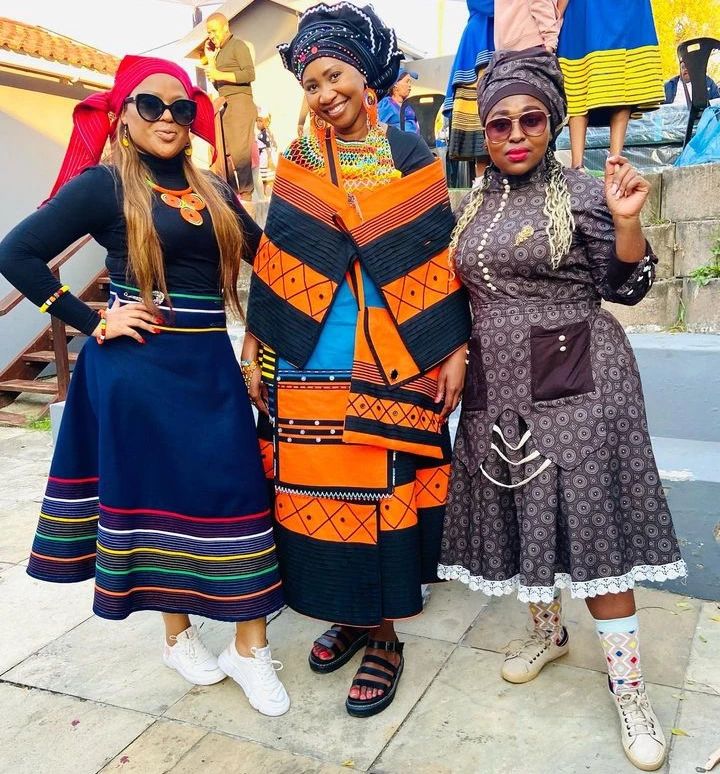
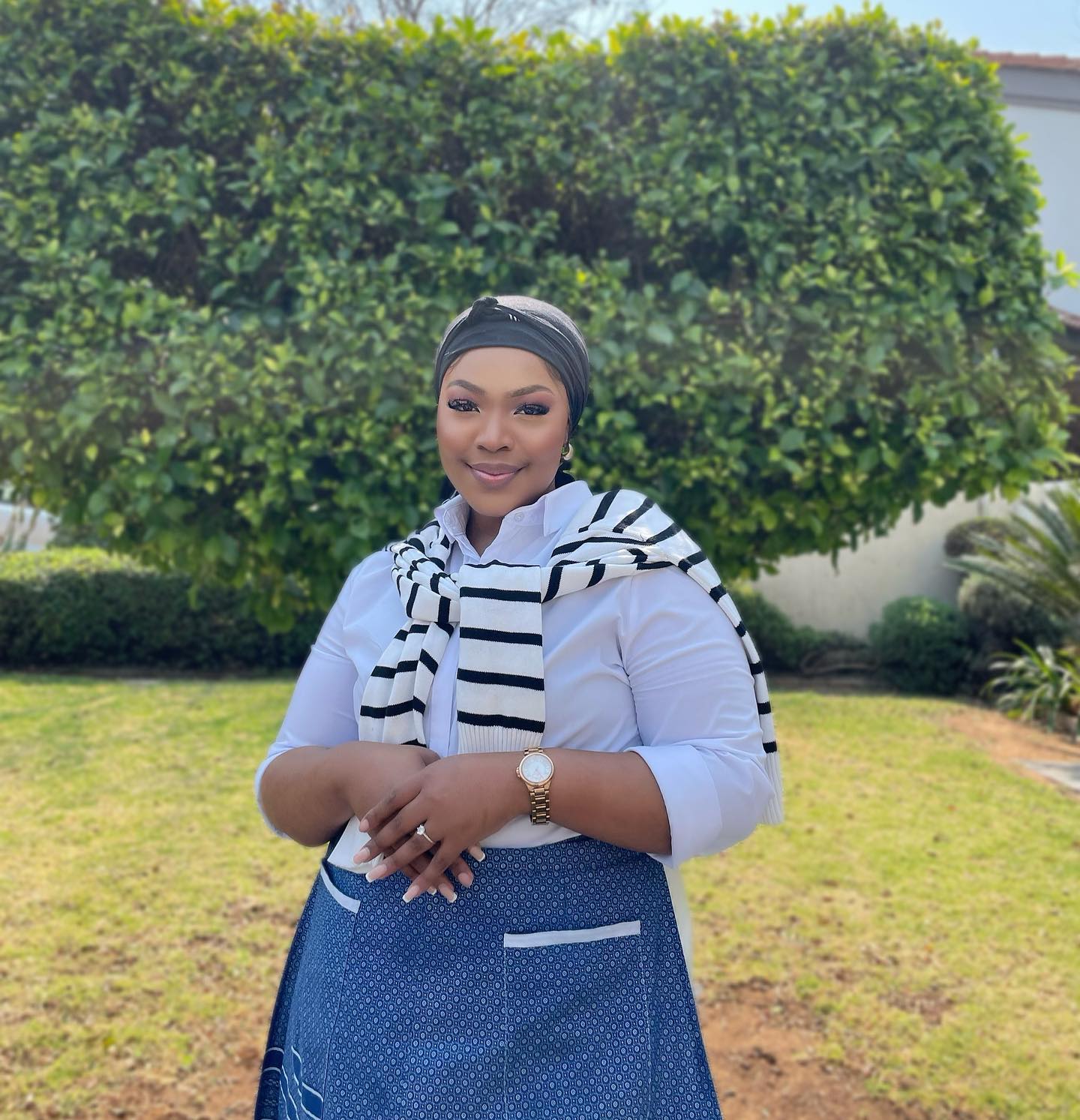
Challenges in Preserving Xhosa Dress Traditions
Addressing the difficulties faced in maintaining and promoting Xhosa dress culture
The Xhosa people have a rich cultural heritage, and their traditional dress plays a significant role in preserving their identity. However, there are challenges in maintaining and promoting Xhosa dress traditions in the modern world.
One of the main difficulties is the influence of Western fashion trends. As global fashion becomes more accessible, younger generations may be drawn towards Western clothing styles, causing a decline in the popularity of traditional Xhosa dresses.
Another challenge is the lack of awareness and understanding of Xhosa culture outside of South Africa. Without proper exposure and education, the significance and beauty of Xhosa dress may be overlooked or misunderstood by people from different backgrounds.
To address these challenges, efforts are being made to promote and celebrate Xhosa dress traditions. Fashion shows, cultural festivals, and exhibitions are organized to showcase the beauty and uniqueness of Xhosa dresses. These events not only educate the public but also create a platform for local designers to showcase their talent and creativity.
Additionally, social media platforms have played a crucial role in raising awareness about Xhosa dress culture. Influencers and enthusiasts share photos and stories that highlight the beauty and significance of Xhosa dresses, attracting a wider audience and sparking interest in this traditional attire.
Preserving Xhosa dress traditions is not only about preserving clothing styles but also about preserving cultural identity. By addressing the difficulties faced and actively promoting Xhosa dress culture, we can ensure that this vibrant tradition continues to thrive for generations to come.
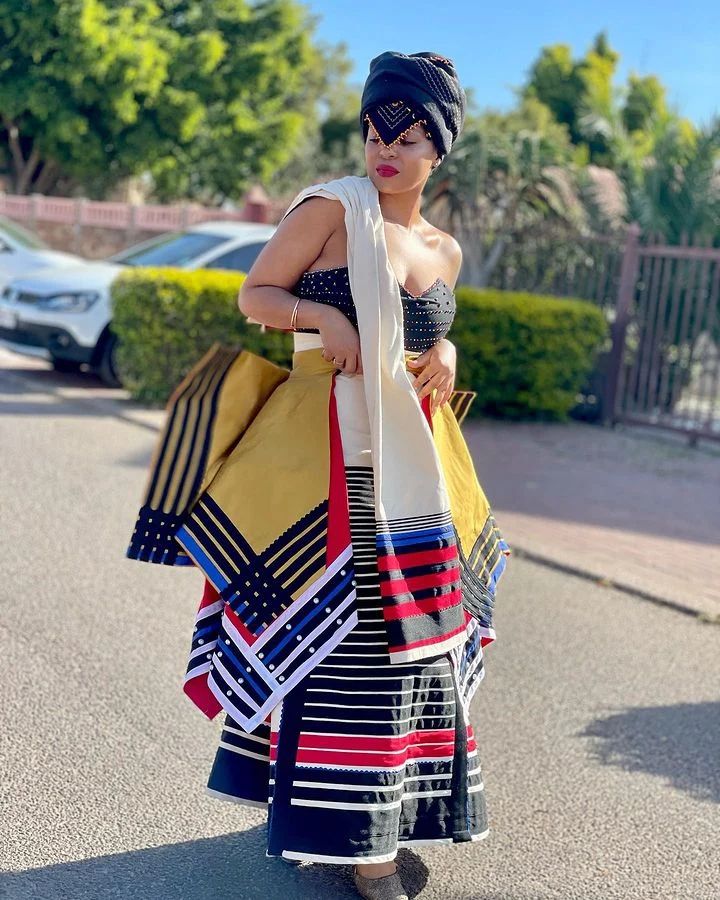

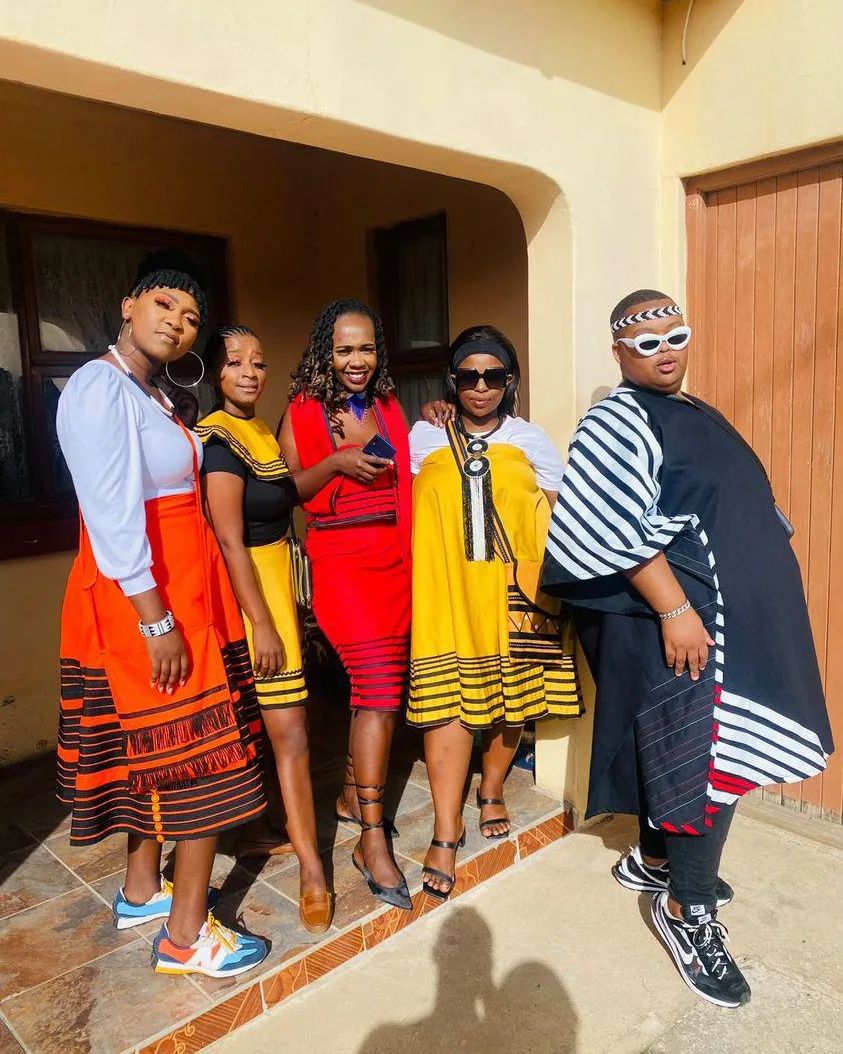
Conclusion
Xhosa Dresses: Preserving Cultural Identity through Fashion
Xhosa dresses play a vital role in preserving cultural identity and celebrating diversity. These vibrant and intricately designed garments not only showcase the rich heritage of the Xhosa people but also serve as a symbol of pride and unity. By embracing traditional attire, individuals can express their cultural roots and contribute to the preservation of their heritage. Xhosa dresses are not just clothing; they are a powerful statement that transcends boundaries and promotes cultural appreciation. Through fashion, the Xhosa community can continue to pass down their traditions, values, and stories to future generations, ensuring that their cultural identity remains strong and vibrant.

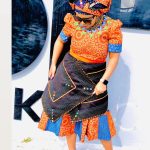


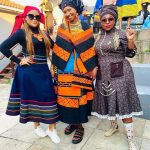



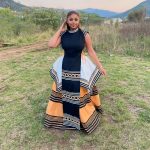
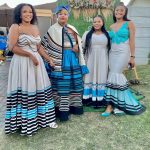




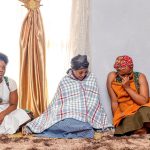



Comments are closed.